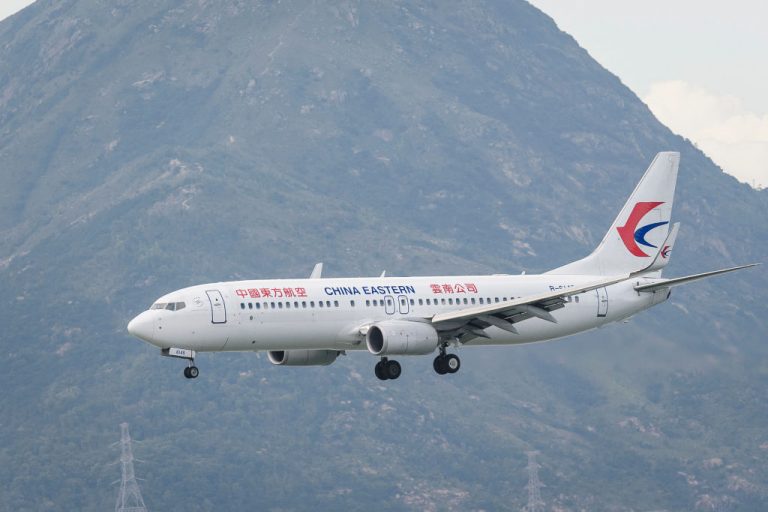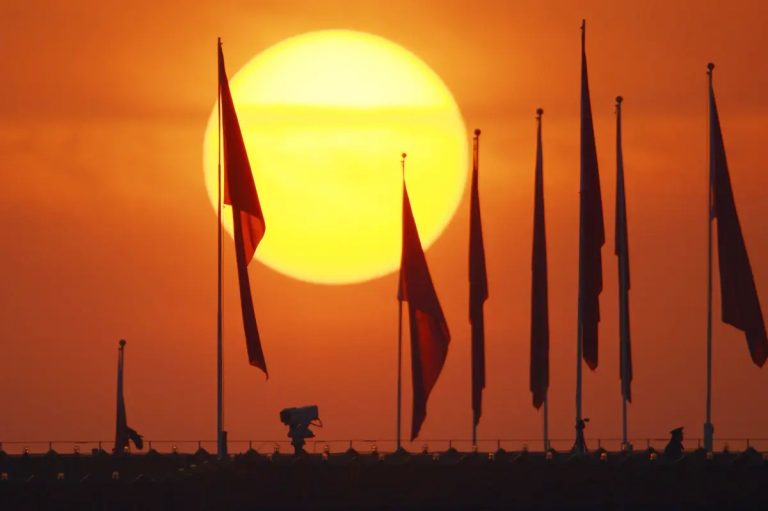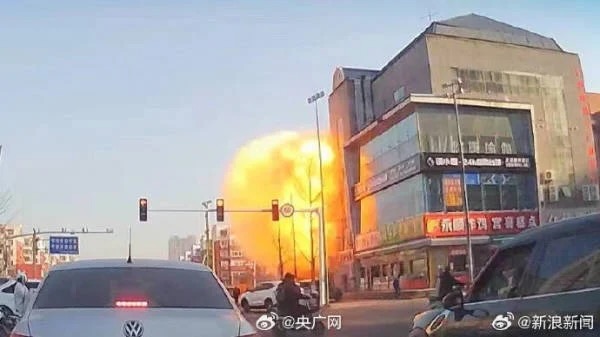Draconian ‘Zero-COVID’ policy may have contributed to tragic end for Boeing aircraft
The March 21 crash of China Eastern flight MU5735 carrying 132 people has drawn international attention, with many expressing condolences for the tragedy. Meanwhile, even as Beijing mourned the disaster, Communist Party authorities have jumped to censor information about the crash of the Boeing 737-800, leading to scrutiny about the state of Chinese civil aviation after years of the Party’s heavy-handed restrictions intended to “eradicate” COVID-19.
An initial report March 22 by state-run China Central Television (CCTV) said that bodies had been recovered from the crash site in the southern province of Guangxi; however, the news was quickly removed by censors, and authorities later announced that no one had been found despite an ongoing search-and-rescue effort.
At the same time, various outlets say that relatives and acquaintances of the crash victims have been isolated and placed under “centralized control.”
All passengers and crew on board MU5735 are presumed dead, as the plane — en route from Kunming in southwestern China to the southern metropolis of Guangzhou — was caught on video plummeting nearly straight down into a thick bamboo forest.
On March 23, aviation authorities announced the discovery of a black box from the plane. Zhu Tao, director of the aviation safety office at the Civil Aviation Administration of China told reporters that the item recovered was likely the cockpit voice recorder.
Success
You are now signed up for our newsletter
Success
Check your email to complete sign up
China is the biggest operator of the Boeing 737-800 airframe, with almost 1,200 of the aircraft in service. All planes of this model were grounded following the accident.
Following the crash, Chinese leader Xi Jinping said he was shocked to hear about the accident and called for an “all-out rescue operation” and investigation in order to “identify the causes of the accident,” state media reported.
Relatives of presumed victims placed under ‘centralized control’
According to overseas Chinese media outlets, some family members who went to the Baiyun Airport in Guangzhou, the plane’s destination, have been treated as though they had COVID-19 and were rounded up for isolation in a barred-off corner of the airport on March 22. Personnel donning full protective gear kept them under watch.
Meanwhile, police checkpoints have been set up at roads in the vicinity of the crash site to control incoming and outgoing traffic. Medical and utility vehicles were seen entering the disaster zone.
The crash and the authorities’ response to it has led to scrutiny about the tragedy and possible factors that led to it.
According to analysis by industry experts and insiders, the doomed plane’s extreme downward trajectory — flying almost perpendicular to the ground — is a rarity in the history of aviation disasters, and indicated unusually catastrophic mechanical failure in the aircraft, or human error.
Yao Cheng, a former Chinese serviceman who served in a naval command center and is familiar with aircraft, told NTD Television that the crash seemed out of the ordinary. He noted that U.S.-build planes (including those of Boeing) have a host of fail-safe systems designed to help keep them airborne in emergencies. Even in the case of software failure, the plane should not fly straight down.
If the authorities release the contents of the black box, Yao said, it would mean that the cause of the crash would be a mechanical failure. If the authorities do not release recordings of the crew’s conversations with ground control prior to the crash, this would indicate a human factor in the accident.
Safety concerns in the time of COVID-19
Officials from the Civil Aviation Administration reported that at 2:20 p.m. on the day of the crash, the controller noticed that the aircraft’s altitude had dropped sharply, and immediately called the crew several times, but did not receive any reply. The 737-800 disappeared from radar several minutes later, at 2:23 p.m.
Former pilots cited by NTD said that malfunctioning sensors could cause the plane to enter a “death dive.”
Information that can be gleaned from the civil industry suggests that aviation safety may have been compromised by the Chinese Communist Party’s (CCP) insistence on extreme “zero-COVID” policies to fight its “people’s war” on the pandemic that began in Wuhan over two years ago.
Prolonged lockdowns and other restrictions may have contributed to the deterioration of working conditions and the mental health of pilots, mechanics, and other support staff who are essential for keeping planes properly maintained and safe in flight.
According to information posted online, the vast majority of frontline pilots have seen their salaries fall by around 40 percent, while flight attendants saw even steeper pay cuts. One source in the CCP regime speaking anonymously to Radio Free Asia said that the authorities have not been able to resolve the economic impact of the pandemic on the civil aviation industry, which could drive pilots or other staff to psychological extremes.
China’s last reported deadly crash occurred in 2010, when 42 people died on a Henan Airlines Embraer E-190 flight departing from Harbin to Yichun city in Heilongjiang Province.
Unconfirmed claims on Chinese social media suggest the existence of a court enforcement notice indicating that the pilot of MU5735 was suffering from financial difficulty. China Eastern has denied that its planes are adequately maintained, and Boeing has stressed that thousands of its planes fly safely every day.















